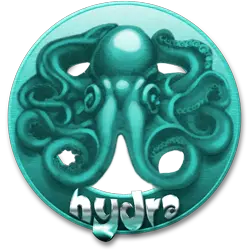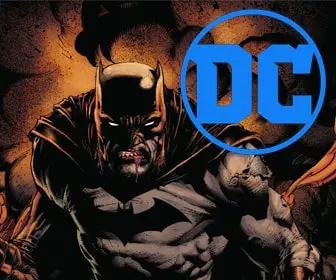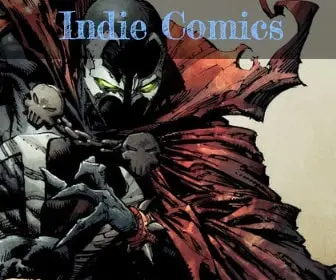
The Evolution of Batman: Tracing the Dark Knight’s Journey Through the Ages

Batman, one of the most iconic and enduring characters in comic book history, has gone through numerous changes since his creation in 1939 by Bob Kane and Bill Finger. Over the decades, the Caped Crusader has evolved in both appearance and character, reflecting the changing times and the creative vision of various artists and writers. This article will take you on a journey through the many incarnations of Batman, exploring how the Dark Knight has adapted and evolved throughout the years.
The Golden Age: Detective Comics #27 (1939) – Batman’s Debut
In his first appearance in Detective Comics #27, Batman was a grim and mysterious figure, working outside the law to fight crime in Gotham City. His costume, inspired by pulp heroes like Zorro and the Shadow, featured a bat-like cowl, a flowing cape, and a distinctive bat symbol on his chest. Early on, Batman had no qualms about using guns, and his stories often featured darker, more violent themes.
The Silver Age: A Lighter, Campier Batman (1950s-1960s)
As the Comics Code Authority was introduced in the 1950s, Batman’s stories became lighter and more focused on fantastical adventures. The character became more colorful, and the dark, gritty atmosphere of the early stories was replaced by campy and often humorous tales. Batman’s supporting cast expanded, introducing characters like Batwoman, Bat-Mite, and Ace the Bat-Hound. This period also saw the introduction of the Batmobile, Batcave, and other iconic elements of Batman’s mythology.

The Bronze Age: The Return of the Dark Knight (1970s-1980s)
In the 1970s, writers like Denny O’Neil and Neal Adams brought Batman back to his darker roots, emphasizing the detective aspect of the character and reintroducing a more brooding and serious tone. The Batman of this era was more focused on urban crime and corruption, facing off against both new and classic villains. This shift in tone laid the groundwork for Frank Miller’s groundbreaking 1986 miniseries, “The Dark Knight Returns,” which presented a gritty, dystopian vision of Batman in a future Gotham City.

The Modern Age: The Dark Knight’s Enduring Legacy (1990s-Present)
Since the 1990s, Batman has continued to evolve, with various writers and artists putting their unique spin on the character. Storylines like “Knightfall,” “No Man’s Land,” and “Hush” have further explored Batman’s psychology and relationships with his allies and enemies. In recent years, Batman’s role in the larger DC Universe has expanded, with the character playing a central role in crossover events like “Identity Crisis,” “Infinite Crisis,” and “Dark Nights: Metal.”
Throughout his long history, Batman has remained one of the most popular and enduring characters in comic books. As the Dark Knight continues to adapt and evolve, he reflects not only the changing tastes of readers and creators but also the enduring appeal of a hero who fights for justice, no matter the personal cost.










